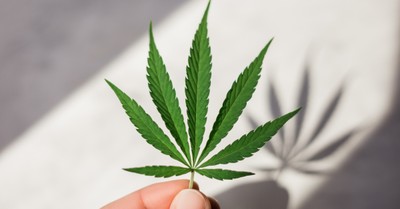Peer Influence Doubles Risk of Teen Smoking
-
Jim Liebelt Jim Liebelt's Blog
- Published Sep 11, 2017
*The following is excerpted from an online article posted on PsychCentral.
Perhaps it is no surprise to learn that a teen’s peers will influence whether the teen will smoke. However, the magnitude of the effect is staggering as new research suggests peer influence can double the risk of a teen deciding to smoke.
In the United States, 90 percent of smokers pick up the habit by age 18, making adolescence a critical time for smoking-prevention efforts.
Peer influence has long been known as a major risk factor for adolescent smoking, but findings have varied about how big the risk is or how this dynamic unfolds.
Investigators performed a rigorous meta-analysis of 75 longitudinal teen smoking studies. The combined analysis finds that having friends who smoke doubles the risk that children ages 10 to 19 will start smoking and continue smoking.
It also found that peer influence is more powerful in collectivist cultures than in those where individualism is the norm.
The paper appears the journal Psychological Bulletin.
There has been a great deal of research about peer influences on adolescents, says the study’s senior author, Dolores Albarracín, Ph.D., a professor of psychology at the University of Illinois at Urbana-Champaign.
However, past review has often relied on individual studies. “Meta-analysis is a summary of all we know,” she says, “giving us a more reliable, robust number that is better supported by the facts.”
“One of our most intriguing findings is that culture actually matters in how much influence adolescents have on their peers,” says the study’s lead author, Jiaying Liu, Ph.D.
“Meta-analysis allowed us to examine studies from across the globe. We predicted that people in collectivistic cultures would be more likely to be influenced by peers around them, and that held true.
In those most collectivistic countries, adolescents whose peers smoke are 4.3 times more likely to pick up smoking compared to people who have no peers smoking. By contrast, having peers who smoke made adolescents from those most individualist countries 1.89 times more likely to smoke.”
The research design allowed investigators to better avoid what is often seen as the “chicken or the egg” problem of peer influence smoking studies: Do teens influence one another to smoke, or do those who smoke simply tend to become friends?
“By including only longitudinal studies, where peer influence was measured at an earlier time and adolescent smoking outcomes at a later date, we were better able to establish that peer influence led to the adolescent smoking outcomes, rather than the other way around,” says Liu.
Source: PsychCentral
https://psychcentral.com/news/2017/08/22/peer-influence-doubles-risk-of-teen-smoking/124974.html


















